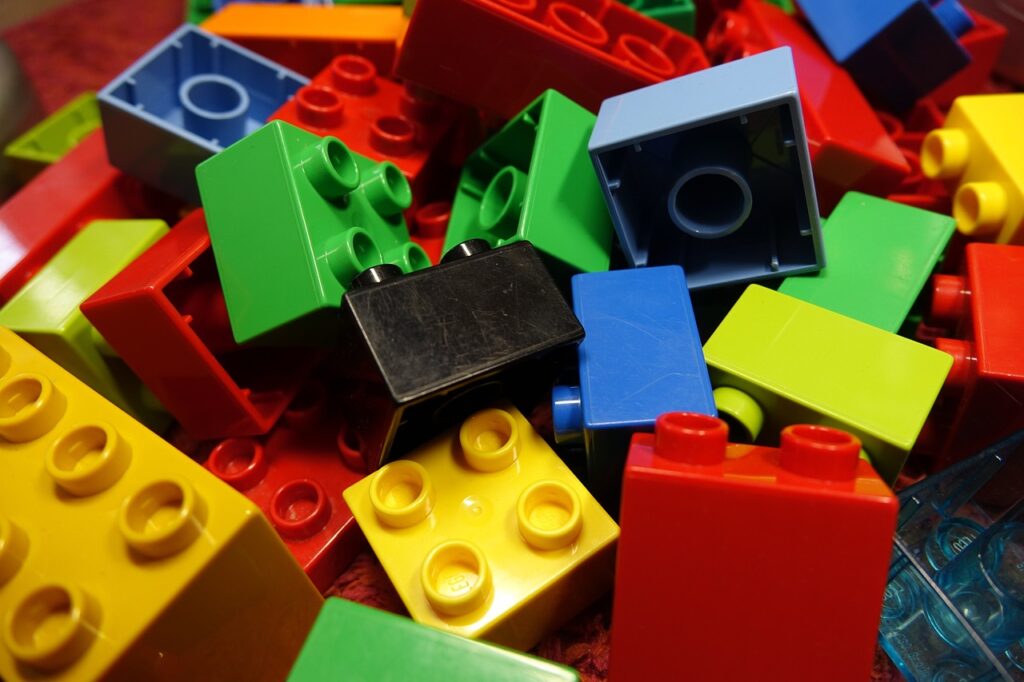When I was studying Computer Science I chose to specialize in Media-technology, because I just really like creating things. Anything really. There was a room at school with about six printers running all day to print stuff for students. For one of my classes I had to learn to 3D model using Blender and I could not believe my eyes when I had my first print in my hands. It felt like magic. In the last decade 3D printing has come a long way, but it may be a bit confusing to start in a seemingly complex world of creating 3D objects.
What You’ll Need:
1. 3D Printer:
The cornerstone of your 3D printing journey, choosing the right printer is crucial. There are various types available, from the affordable FDM printers to the high-resolution SLA printers. Consider factors such as print quality, build volume, and budget before making your choice.
2. Filament or Resin:
The material you use to print your creations matters. For FDM printers, options like PLA, ABS, and PETG offer versatility and durability. On the other hand, SLA printers require liquid resin, which produces incredibly detailed prints but comes at a higher cost.
3. 3D Modeling Software:
To bring your ideas to life, you’ll need software for creating 3D models. Blender, Tinkercad, and Fusion 360 are popular choices, each offering a unique set of features and complexity levels to suit beginners and advanced users alike.
4. Slicing Software:
Before printing, you’ll need to prepare your 3D models for the printer. Slicing software such as Cura or PrusaSlicer takes your 3D model and generates the instructions (G-code) necessary for the printer to produce your object layer by layer.
My Experience:
As a Media-Technology student, I found myself drawn to the creative potential of 3D printing. From designing custom phone cases to prototyping intricate sculptures, every project presented a new challenge and opportunity for growth. Despite the occasional frustration of failed prints or calibration issues, the sense of accomplishment when holding a tangible creation made it all worthwhile.
Pros & Cons:
Pros:
- Creativity Unleashed: With 3D printing, your imagination is the only limit. From functional prototypes to artistic masterpieces, the possibilities are endless.
- Cost-Effective Manufacturing: For small-scale production or custom designs, 3D printing offers a cost-effective alternative to traditional manufacturing methods.
- Learning Opportunities: Embarking on a 3D printing journey is not just about creating objects; it’s about acquiring new skills in design, problem-solving, and technology.
- Thriving Community: The 3D printing community is vibrant and supportive, with online forums, tutorials, and resources to help enthusiasts at every skill level.
Cons:
- Learning Curve: Mastering the intricacies of 3D printing takes time and patience, especially for beginners navigating software, settings, and troubleshooting.
- Time-Consuming Process: While 3D printing offers unparalleled customization, larger or more complex prints can be time-consuming, requiring hours or even days to complete.
- Maintenance and Calibration: Like any technology, 3D printers require regular maintenance and calibration to ensure optimal performance, adding an extra layer of responsibility for users.

Conclusion:
Despite its initial complexity, 3D printing offers an accessible and rewarding hobby for enthusiasts of all backgrounds. Whether you’re a seasoned designer or a curious beginner, the thrill of bringing your ideas to life in physical form is unparalleled. So why not embark on your own 3D printing journey? With the right tools, resources, and a dash of creativity, the possibilities are limitless.


